Dying hydrangea
mcpat17
9 years ago
Related Stories

GARDENING GUIDESCalifornia Gardener's June Checklist
Update your hydrangeas, catch up on tomatoes and more ways to enjoy your California garden in June
Full Story
GARDENING GUIDES6 Steps to Get a Garden Off to a Glowing Start
Grow a lush, balanced garden from an empty patch of yard or neglected landscape spot with these easy-to-follow guidelines
Full Story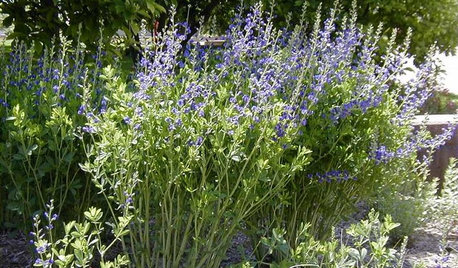
GARDENING GUIDES5 Great Plants for Borders and Screens
Get the effects of a shrub but in less time — and drawing more winged pollinators — with these herbaceous perennials
Full Story
GARDENING GUIDESHouzz Call: What’s Your Favorite Backyard Beauty?
The simple, honest daisy is this writer’s go-to garden flower. We want to hear which plant, flowering or otherwise, gives you special joy
Full Story
LANDSCAPE DESIGNThe 7 Best Plant Types for Creating Privacy and How to Use Them
Follow these tips for using different kinds of plants as living privacy screens
Full Story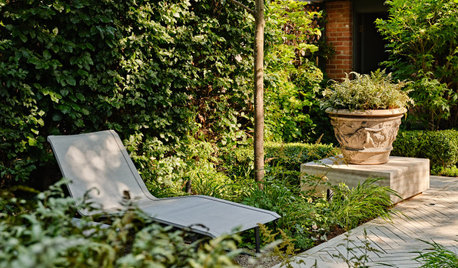
LANDSCAPE DESIGNHow to Create a Beautiful Shade Garden
Turn the cool, shady spot in your garden into your own quiet oasis
Full Story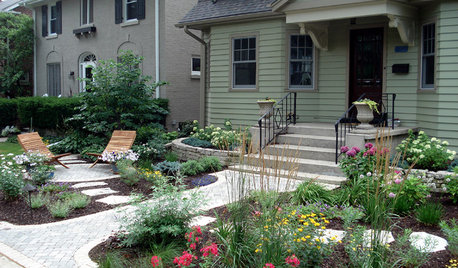
MOST POPULARCreative Ideas for Small Front Yards
A little imagination goes a long way in a petite landscape
Full Story
FALL GARDENING7 Reasons Not to Clean Up Your Fall Garden
Before you pluck and rake, consider wildlife, the health of your plants and your own right to relax
Full Story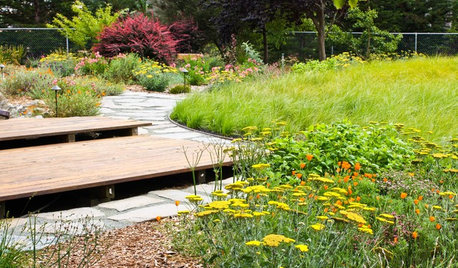
GARDENING GUIDES8 New Ways to Garden This Year
A successful garden means knowing the plants, the wildlife and yourself
Full Story
SIDE YARD IDEASNarrow Trees for Tight Garden Spaces
Boost interest in a side yard or another space-challenged area with the fragrance and color of these columnar trees
Full StoryMore Discussions







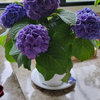
luis_pr
SouthCountryGuy Zone 4b-5 SE BC
Related Professionals
Rancho Cordova Landscape Architects & Landscape Designers · West Chester Landscape Architects & Landscape Designers · Surprise Landscape Contractors · Berkeley Heights Landscape Contractors · Chesapeake Ranch Estates Landscape Contractors · Cockeysville Landscape Contractors · Fort Payne Landscape Contractors · Garland Landscape Contractors · Hawaii Landscape Contractors · Richmond Landscape Contractors · Cedar Park Siding & Exteriors · Cherry Hill Siding & Exteriors · Waukesha Siding & Exteriors · Wheeling Siding & Exteriors · Lowell Siding & Exteriorshc mcdole
October_Gardens
joet2266
luis_pr